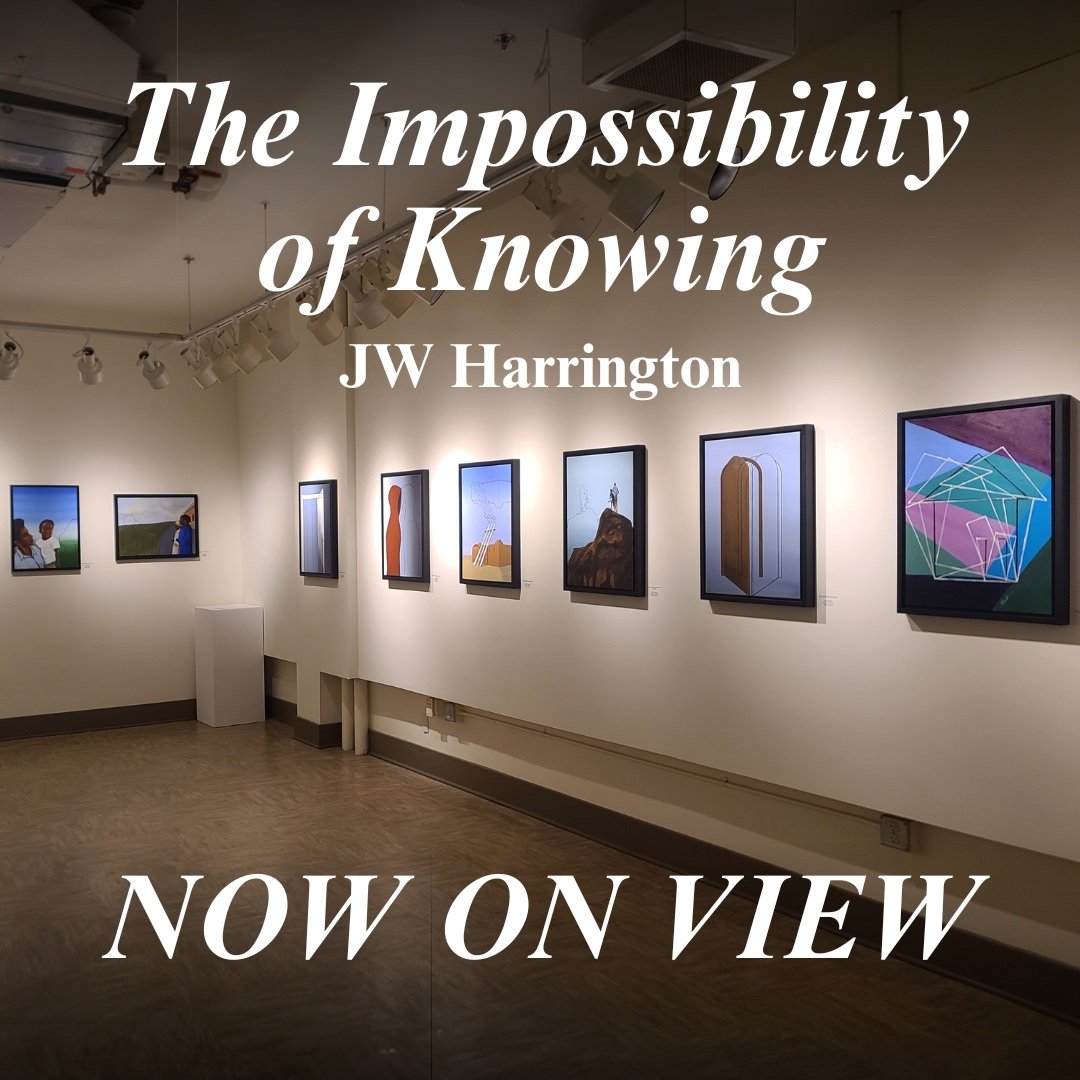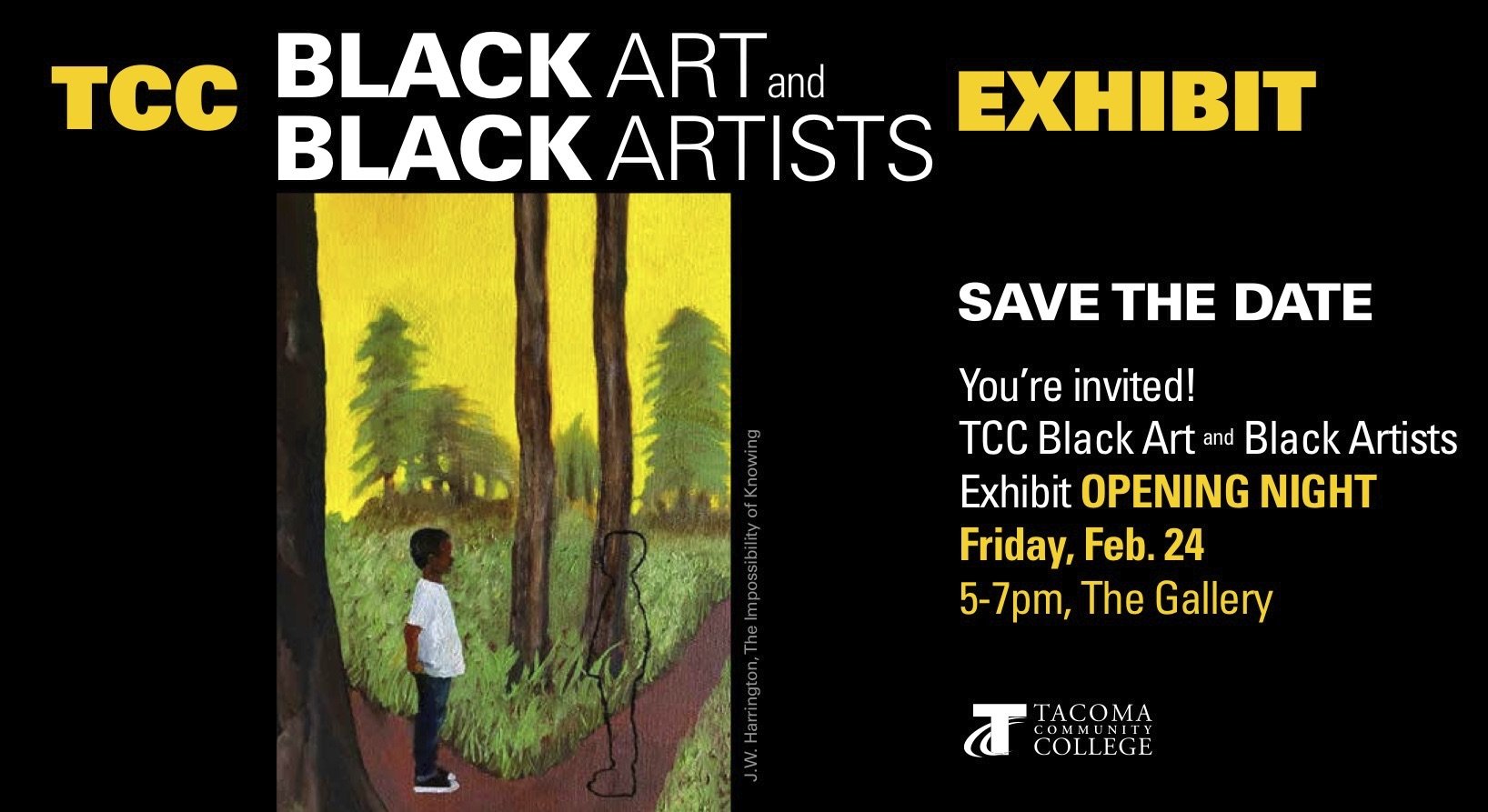What is “black art”? I’ve been pondering that, since before I started painting. My most fundamental answer is “creative work that results from the African diaspora.” Simple words, but not straightforward.
For a few centuries, and especially in the US since the beginning of the twentieth century, the phrase “black art” in visual arts has implied some kind of social realism, using representation to depict the struggles and successes of Black people. For me and other abstract artists, this poses a conundrum.
We can easily circumvent the conundrum by declaring black art to be any creative work produced by a member of the African diaspora, whatever the medium and style – orchestral music, abstract poetry, abstract painting or sculpture. A diaspora is exactly that – a spreading of people across a wide geographic and cultural territory, resulting in a myriad of experiences and expressions.
Can a nonblack artist produce “black art”? Just last week, at the opening reception for the TCC Gallery show, my very thoughtful colleague Travis Johnson declared that the answer is “yes,” if the art reflects the culture and experiences of the African diaspora. Contemporary white artists produce hip-hop art that reflects African-American-rooted culture. Many composers and musicians have added to the jazz world of the twentieth century and beyond.
So I’ll return to that fundamental answer I gave above.


